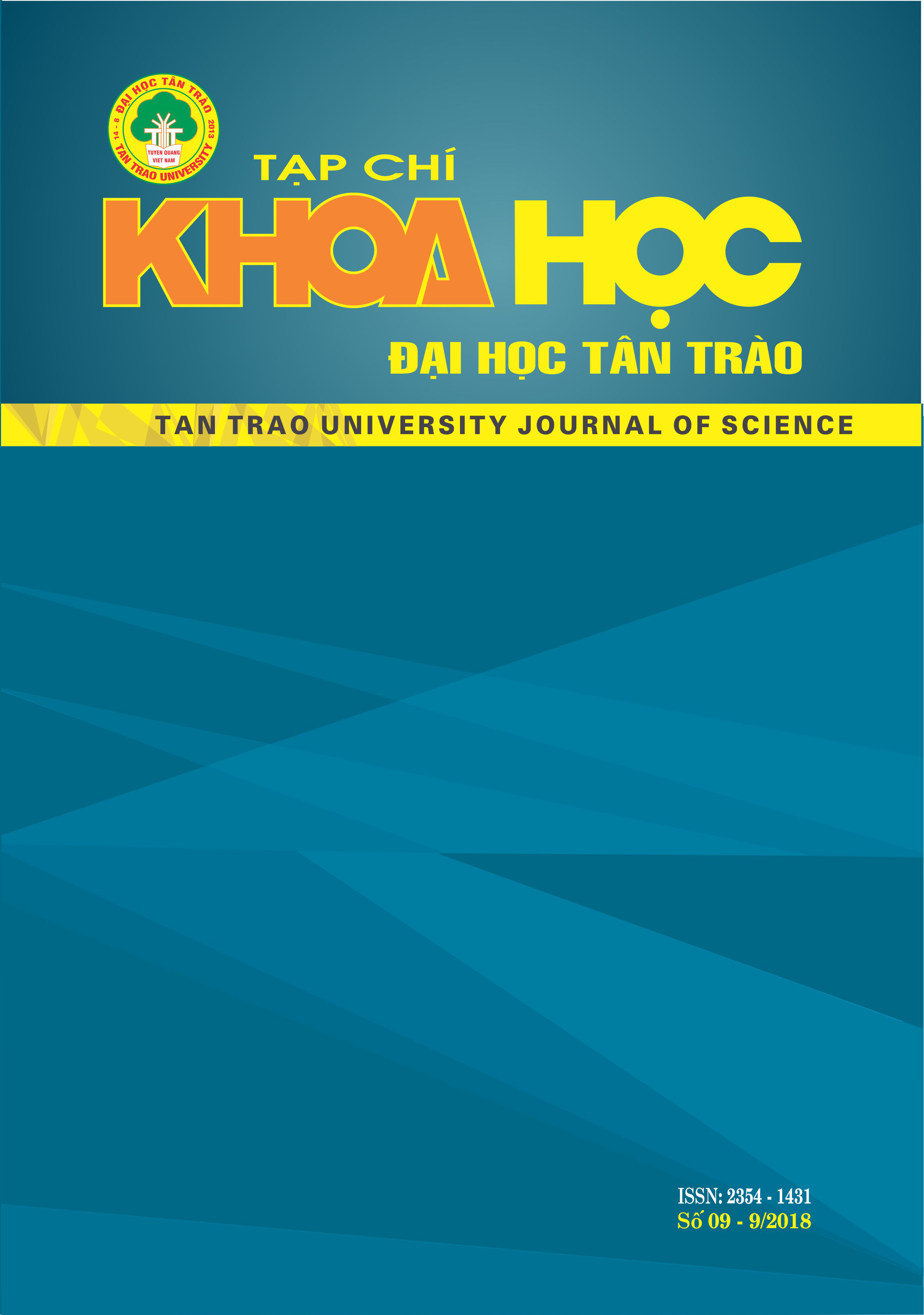Using the symbolab online software to aid the cooperative learning of linear algebra
DOI:
https://doi.org/10.51453/2354-1431/2018/189Keywords:
Cooperative learning, symbolab software, linear algebra.Abstract
The article examinesthe applications of the Symbolab software to aid the cooperative learning in teaching linear algebra. Particularly, that is the point of view of cooperative learning, the characteristics of cooperative learning, the difference between collaborative learning and cooperative learning, and the processing of cooperative learning of linear algebra with the help of the Symbolab software. The cooperative learning is student-centered one, and thus we should pay more attention in using this method.
Downloads
References
1. Trần Ngọc Lan, Vũ Thị Minh Hằng (2005), Áp dụng DHHT trong dạy học toán ở tiểu học, Tạp chí Giáo dục;
2. Hoàng Phê (1988), Từ điển tiếng Việt, Nxb Khoa học xã hội;
3.Https://www.csuchico.edu/ourdemocracy/_assets/do cuments/pedagogy/li,-m.-p.-_-lam,-b.-h.-2013- cooperative-learning.pdf;
4. Hoàng Lê Minh (2007), Thiết kế tình huống hoạt động học tập hợp tác trong dạy học môn toán, Tạp chí Giáo dục;
5. Bernd Meier, Nguyễn Văn Cường (2005), “Phát triển năng lực thông qua phương pháp và phương tiện dạy học mới”, Tài liệu hội thảo tập huấn, Dự án phát triển giáo dục THPT, Hà Nội;
6. David W.Johnson, Roger T.Johnson, Holubec (1994), “Cooperative Learning in The Classroom”, Association For Supervision and Curriculum Development Alexandria Virgnia;
7. Elizabeth G.Cohen, Cleste M. Brody, Mara Sapon – Shevin (2004), Teaching Cooperative Learning, State University of New York Press, Albany.
Downloads
Published
How to Cite
Issue
Section
License

This work is licensed under a Creative Commons Attribution-ShareAlike 4.0 International License.
All articles published in SJTTU are licensed under a Creative Commons Attribution-ShareAlike 4.0 International (CC BY-SA) license. This means anyone is free to copy, transform, or redistribute articles for any lawful purpose in any medium, provided they give appropriate attribution to the original author(s) and SJTTU, link to the license, indicate if changes were made, and redistribute any derivative work under the same license.
Copyright on articles is retained by the respective author(s), without restrictions. A non-exclusive license is granted to SJTTU to publish the article and identify itself as its original publisher, along with the commercial right to include the article in a hardcopy issue for sale to libraries and individuals.
Although the conditions of the CC BY-SA license don't apply to authors (as the copyright holder of your article, you have no restrictions on your rights), by submitting to SJTTU, authors recognize the rights of readers, and must grant any third party the right to use their article to the extent provided by the license.


